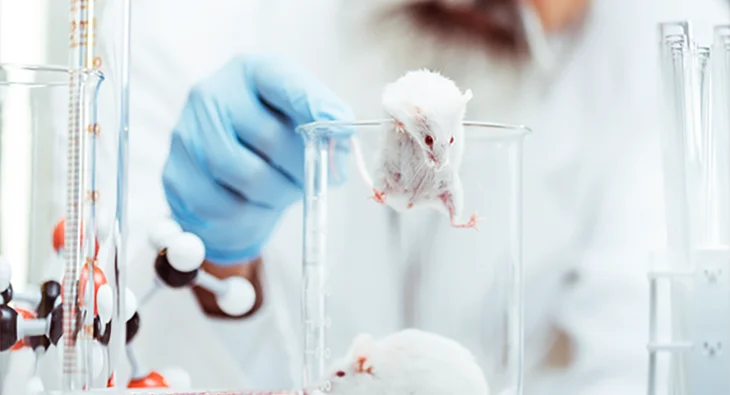METHODS Special Issue: Multiplexing to Quantify Cytokines and Chemokines in Mouse Brain Study
Assay requires minimal sample volume for 33-analyte interrogation
Scientists from the National Institute of Neurological Disorders and Stroke and Bio-Rad Laboratories published a helpful protocol for a method to analyze more than 30 cytokines and chemokines in mouse brain tissue. The technique can be adapted to other sample types as well.
The paper, titled “Method to quantify cytokines and chemokines in mouse brain tissue using ® Technology” href=”https://www.luminexcorp.com/xmap-technology/”>xMAP® Technology.
“These assays allow researchers to analyze an entire network of cytokines/chemokines in a single sample, which conserves tissue, streamlines workflows, and accelerates research,” the scientists note. “In addition to saving time and money, multiplex immunoassays help advance vaccine development, drug discovery, basic research, and clinical trials by providing a quantitative snapshot of immune mediators expressed in samples of interest.”
For this project, the team focused on Plasmodium berghei, a parasite that causes cerebral malaria in mice. Two groups of mice—those with and without CD8+ T cells—were infected with the pathogen, and a third group was used as a control. Subsequently, they analyzed the expression of 33 chemokines and cytokines using the Bio-Plex® multiplex immunoassay to characterize the inflammatory profile, as well as the role of CD8+ T cells.
“We observed elevated chemokine and cytokine levels in the brains of infected mice during development of cerebral malaria,” the scientists report. “Twenty different analytes were upregulated, with the majority being chemokines involved in the recruitment [of] immune cells.” They also found that CD8+ T cells are important for promoting inflammation at the onset of cerebral malaria.
The paper also includes a discussion about the utility and logistics of multiplex immunoassays. The approach was successful in overcoming the sample volume obstacle: scientists needed just 50 µl of tissue sample from each mouse to evaluate all 33 chemokines and cytokines in a single assay. Authors also encourage anyone planning to try this protocol to ensure detailed planning and proper timing of all steps. “For optimal results, it is important to plan and allow sufficient time to perform instrument validation/calibration, design plate layouts, and perform mixing/dispensing steps with precision,” they write.


